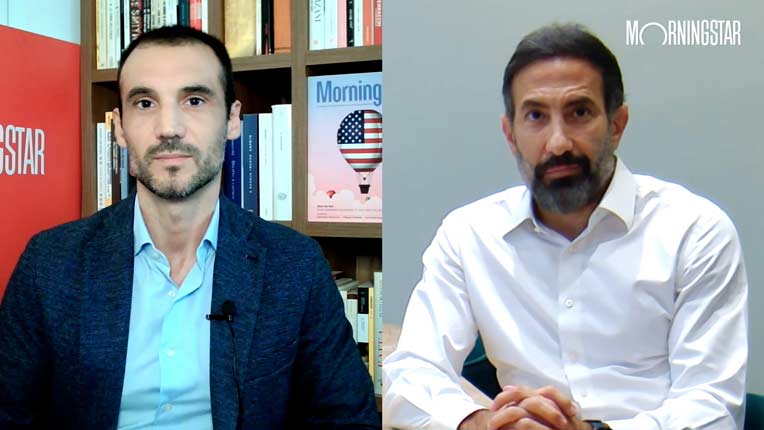
There are about 200 countries in the world (give or take a few depending on whether you ask the UN or FIFA), and of these, 23 are classified as developed markets, 27 as emerging markets, and about 25 are so-called frontiers; smaller, but still investable markets such as Tunisia, Jordan and Sri Lanka.
The biggest difference between frontier and emerging markets is that frontiers are essentially not developed enough yet to be classed as emerging. Indeed, they are sometimes referred to as “pre-emerging markets”. Frontiers usually also have fewer listed companies with less liquidity, and some markets have limits on foreign ownership.
As a less popular area for investment, there are several myths about these markets, including high-risk and poor governance. But in reality, these economies are often driven by the same factors as emerging markets: young populations and growing wealth.
Frontier Market Challenges
According to Rory Kutisker-Jacobson, portfolio manager at the Allan Gray Frontier Markets Equity Fund, the biggest challenge with frontier markets is getting investors to understand and accept somewhat higher risk than they may be used to. In developed markets, the overwhelming focus is on growth and missed opportunities. In frontier markets it is the opposite: conversations about investment risks are dominated by politics, the economy and currency.
“For many people, frontier markets are simply uninvestable. But this challenge is also what creates the great opportunity we are seeing today. The valuations on offer in many frontier markets are extremely attractive as a result of the low sentiment and interest, particularly in comparison to global peers. A lot can go wrong in many frontier countries and the companies therein may still generate superior investment returns, given starting prices,” Kutisker-Jacobson says.
This does not mean that investors should disregard risk, but rather find a level they are comfortable with. One way to get frontier exposure is by investing in a combined frontier and emerging markets fund. Ross Teverson, manager of the Jupiter Emerging and Frontier Income Trust, says such funds aim to avoid the less attractive sides of frontiers, like few opportunities and less liquidity, while benefiting from the return potential and diversification benefits.
Dominic Bokor-Ingram, senior portfolio manager at the Magna New Frontiers sub-fund, says opportunities are often found when changes in political or economic directions create windows of opportunity: “These can range from ECB policy changes creating restructuring opportunities in the Greek banking sector, language barriers in Kazakhstan giving local technology companies freedom from competing with the global tech giants, massive reform bills being passed in Indonesia creating the environment for a surge in foreign direct investment, and the national transformation plan and vision 2030 in Saudi Arabia focusing capital and investment on the growth of the non-oil economy.”
Top Stock Themes
Financials
Teverson believes a big theme over the coming years will be financial inclusion and the adoption of fintech by incumbent banks, addressing the needs of young populations with growing wealth. He points to Kenya Commercial Bank (KCB) as an example of an incumbent bank that has embraced fintech rather than being threatened by it. The company is trading at a low valuation but with a consistent dividend yield.
The two main banks in Georgia are also set to thrive for the same reasons. Bank of Georgia (BGEO), favoured by Jupiter, and TBC Bank (TBCG), favoured by Allan Gray, are set for short-term growth as the country recovers from Covid, but have also been on the front foot when it comes to adopting digital banking solutions. This also applies to Halyk Savings Bank of Kazakhstan (HSBK), which is trading on 5.4 times earnings with a dividend yield greater than 11%.
Commodities
Kutisker-Jacobson likes Zimplats (N3F), the platinum group metals (PGM) miner in Zimbabwe which runs a low cost, long-life and highly profitable mine. It remained profitable at the bottom of the PGM cycle in 2016 when many of the South African producers were heavily loss making. Profitability is high, with earnings up more than 210% year on year – although that is unlikely to be sustained, he notes.
Healthcare
Integrated Diagnostics Holdings (IDH) is another stock from Teverson's portfolio and is a fully integrated diagnostics service provider in Egypt, with operations in Jordan and Sudan. It specialises in diagnostic tests from glucose testing for diabetes to molecular tests for hepatitis and DNA tests. “That’s the kind of service we might take for granted in developed markets. If you need a test, you get a test done. But actually, the ability of individuals to pay for medical tests clearly rises quite rapidly as incomes rise,” he says.





























